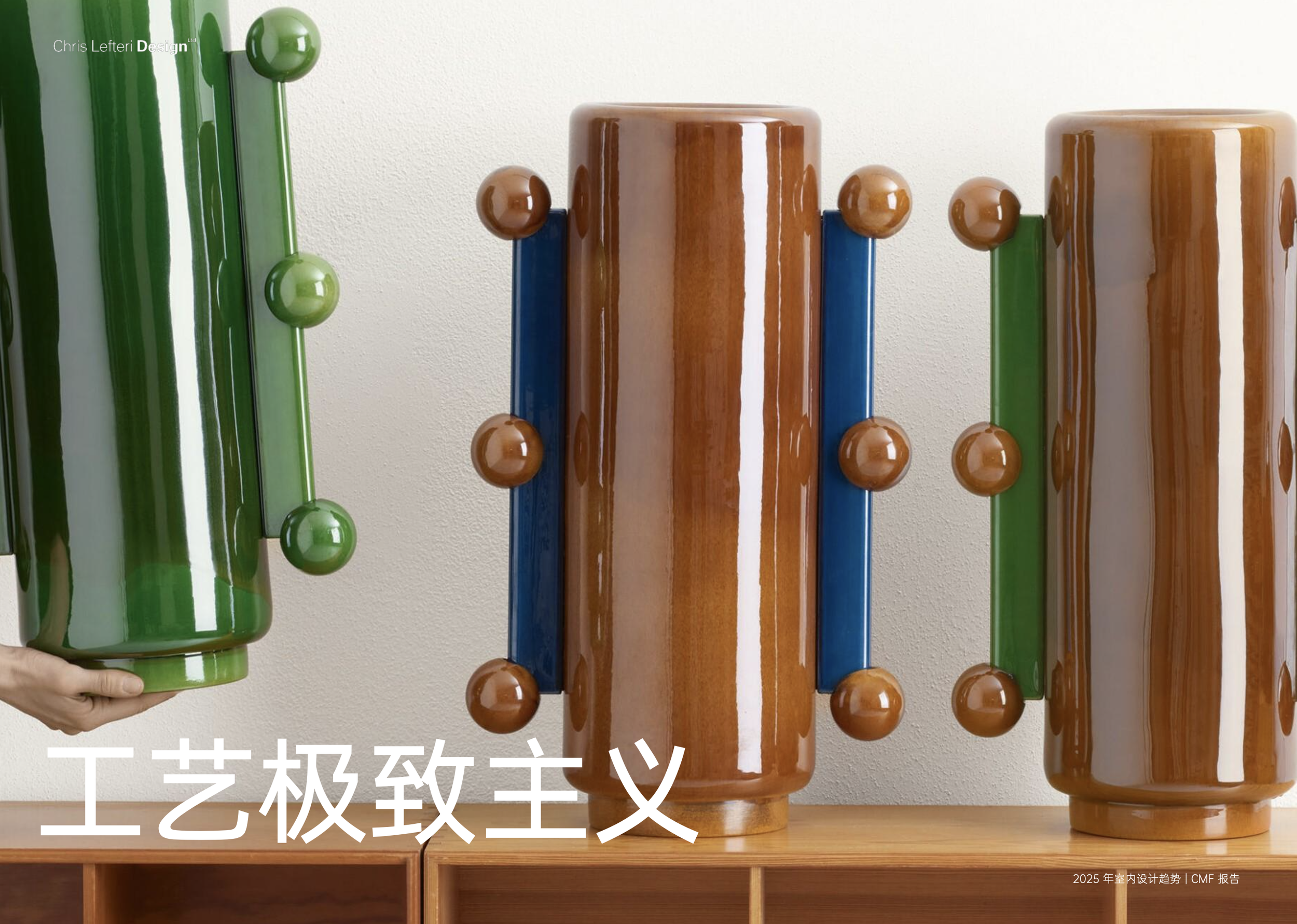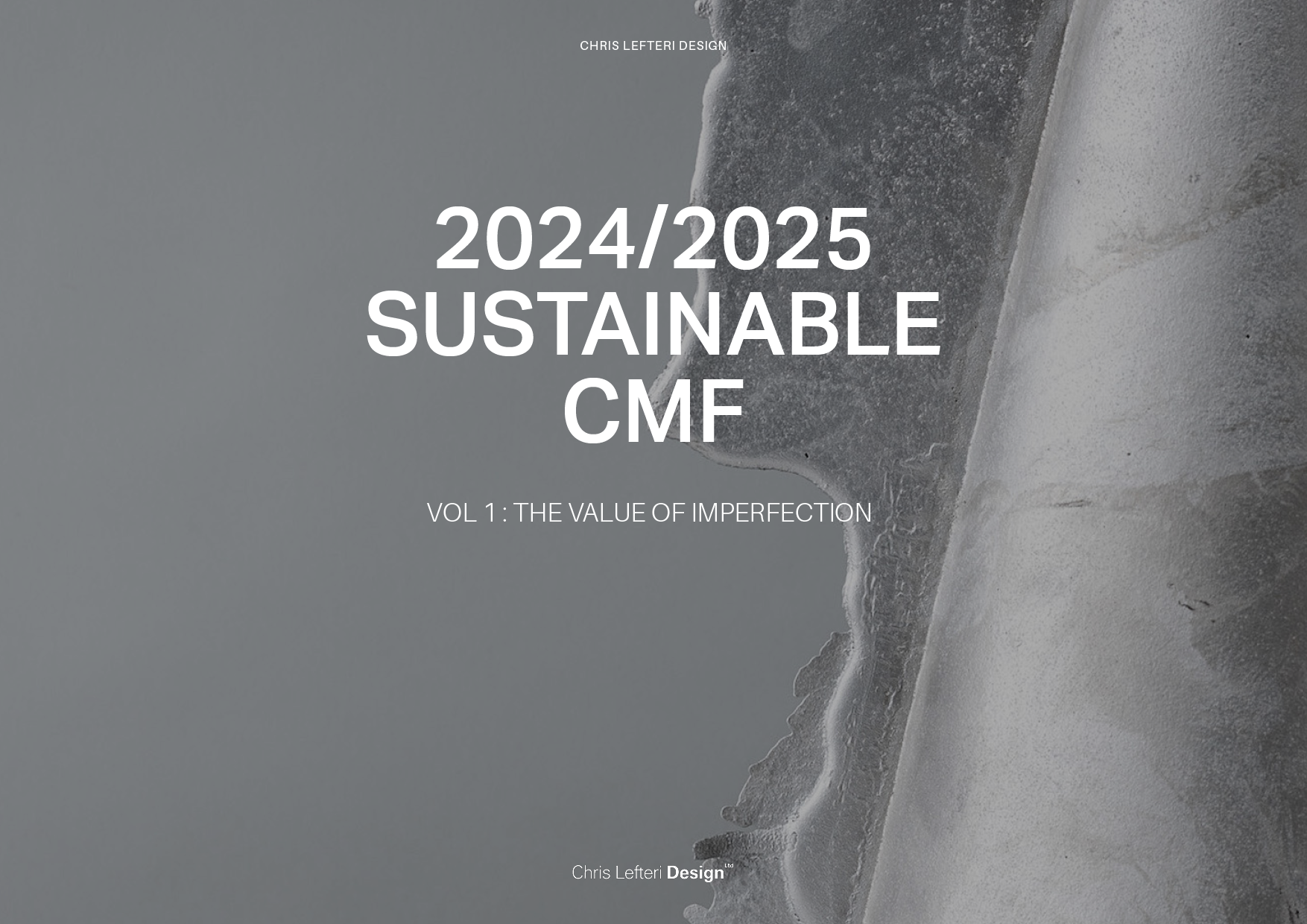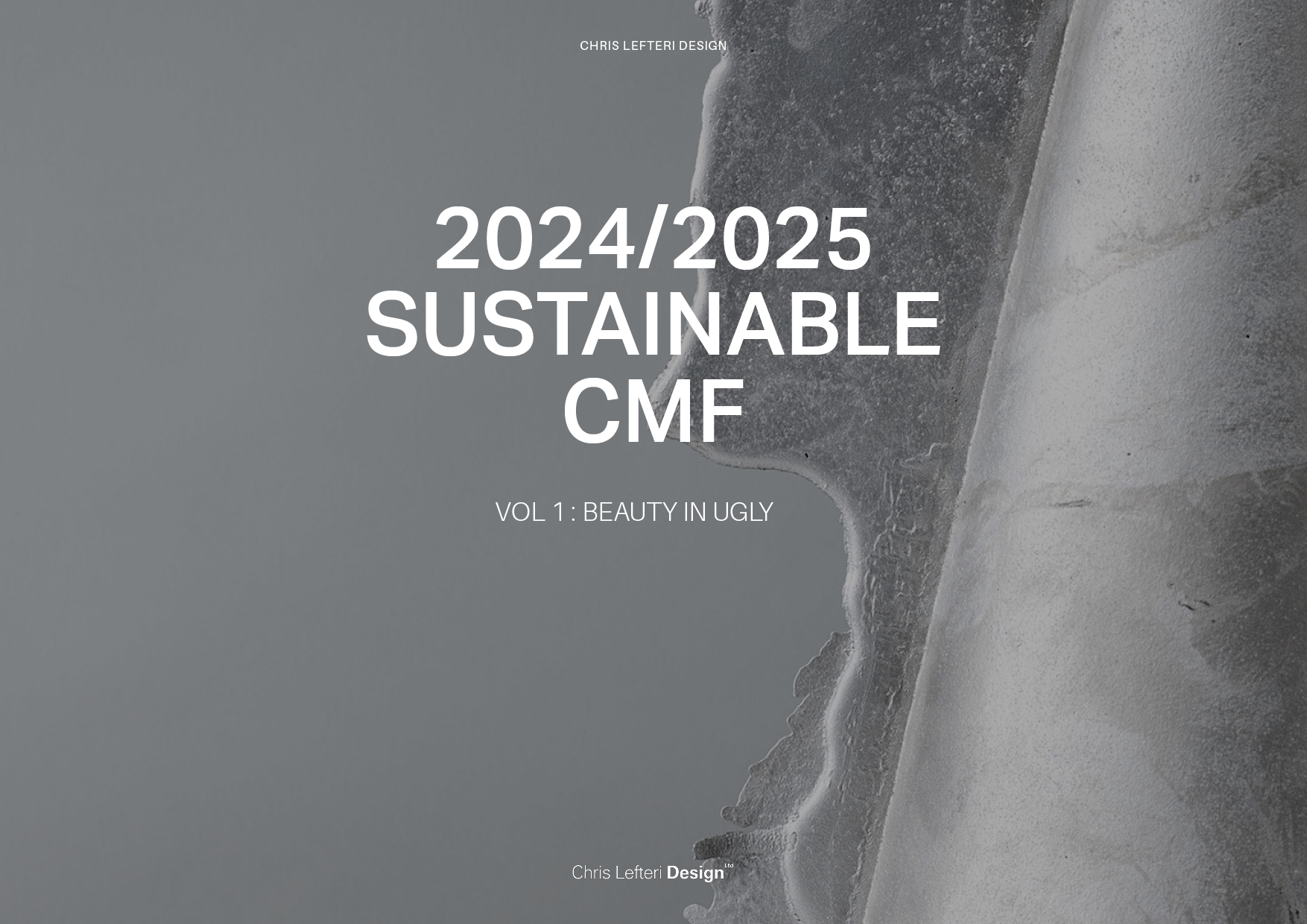 Image 1 of 4
Image 1 of 4

 Image 2 of 4
Image 2 of 4

 Image 3 of 4
Image 3 of 4

 Image 4 of 4
Image 4 of 4





K 2025-Insight Report
The K 2025 Insights Report captures the latest developments from the world’s largest plastics trade show, exploring how design, materials, and manufacturing are converging toward a more evidence-based and transparent vision of sustainability.
Divided into five key sections, the report explores:
1. Designing with Chemically Recycled Plastics – A new era of recycling innovation. Chemical recycling has evolved from promise to practicality, enabling drop-in alternatives to virgin materials and opening new possibilities for textiles and composites.
2. Designing with Mechanically Recycled Plastics – Rethinking aesthetics and perception. Advances in additives, sorting, and forming technology are redefining what recycled plastics can look and feel like — transforming imperfections into design value.
3. Designing for Plastics Recycling – Closing the loop through design. From monomaterial solutions to in-mould decoration compatible with recycling, this section explores how designers can enable circularity from the start.
4. Bio-based Materials Grow Up – Moving from novelty to maturity. Bio-based materials such as PLA, seaweed-derived polymers, and natural fibre composites are now demonstrating real-world performance and scalability.
5. In-Mould Finishing Innovation – Expanding the creative potential of manufacturing. From lenticular textures to functional coatings, the next generation of in-mould technologies merges aesthetics with efficiency.
This report offers a clear and forward-thinking perspective on how the plastics industry is shifting from aspiration to application — where materials, processes, and design work together to deliver measurable impact and inspire new possibilities for circular innovation.
The K 2025 Insights Report captures the latest developments from the world’s largest plastics trade show, exploring how design, materials, and manufacturing are converging toward a more evidence-based and transparent vision of sustainability.
Divided into five key sections, the report explores:
1. Designing with Chemically Recycled Plastics – A new era of recycling innovation. Chemical recycling has evolved from promise to practicality, enabling drop-in alternatives to virgin materials and opening new possibilities for textiles and composites.
2. Designing with Mechanically Recycled Plastics – Rethinking aesthetics and perception. Advances in additives, sorting, and forming technology are redefining what recycled plastics can look and feel like — transforming imperfections into design value.
3. Designing for Plastics Recycling – Closing the loop through design. From monomaterial solutions to in-mould decoration compatible with recycling, this section explores how designers can enable circularity from the start.
4. Bio-based Materials Grow Up – Moving from novelty to maturity. Bio-based materials such as PLA, seaweed-derived polymers, and natural fibre composites are now demonstrating real-world performance and scalability.
5. In-Mould Finishing Innovation – Expanding the creative potential of manufacturing. From lenticular textures to functional coatings, the next generation of in-mould technologies merges aesthetics with efficiency.
This report offers a clear and forward-thinking perspective on how the plastics industry is shifting from aspiration to application — where materials, processes, and design work together to deliver measurable impact and inspire new possibilities for circular innovation.

























